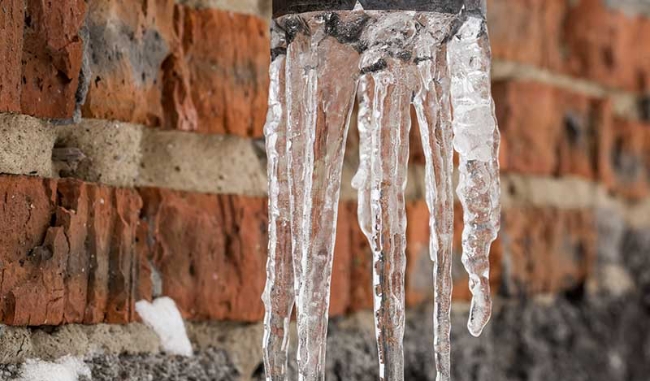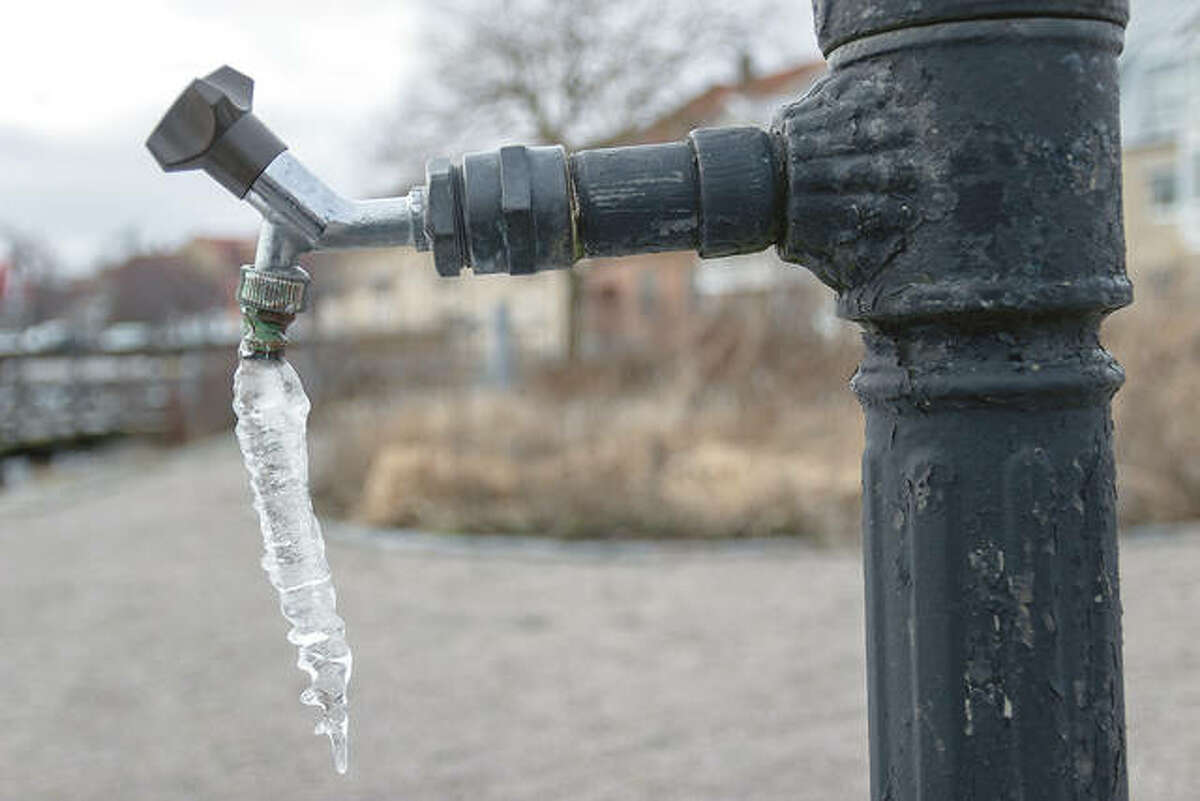How to Keep Your Pipes from Cold Weather Issues: Crucial Guidance
How to Keep Your Pipes from Cold Weather Issues: Crucial Guidance
Blog Article
This great article below relating to How To Avoid Freezing Pipes is quite enjoyable. Read it for yourself and see what you think of it.

Winter can damage your plumbing, specifically by freezing pipelines. Right here's exactly how to avoid it from taking place and what to do if it does.
Introduction
As temperature levels drop, the danger of frozen pipelines increases, possibly bring about costly fixings and water damages. Recognizing just how to stop frozen pipelines is vital for property owners in cold climates.
Prevention Tips
Protecting prone pipes
Cover pipelines in insulation sleeves or use heat tape to shield them from freezing temperatures. Focus on pipelines in unheated or exterior locations of the home.
Heating strategies
Keep indoor spaces appropriately warmed, especially locations with pipes. Open closet doors to allow cozy air to flow around pipes under sinks.
Just how to identify frozen pipelines
Seek decreased water flow from taps, uncommon odors or noises from pipes, and noticeable frost on revealed pipelines.
Long-Term Solutions
Architectural changes
Think about rerouting pipes away from outside walls or unheated locations. Add extra insulation to attic rooms, basements, and crawl spaces.
Upgrading insulation
Buy top notch insulation for pipes, attic rooms, and wall surfaces. Appropriate insulation aids preserve regular temperatures and minimizes the threat of frozen pipelines.
Protecting Outside Plumbing
Yard pipes and outdoor faucets
Disconnect and drain yard pipes prior to winter season. Set up frost-proof spigots or cover outside taps with shielded caps.
Understanding Frozen Pipes
What creates pipelines to ice up?
Pipes ice up when subjected to temperature levels below 32 ° F (0 ° C) for prolonged periods. As water inside the pipes ices up, it broadens, putting pressure on the pipeline walls and possibly causing them to burst.
Dangers and problems
Icy pipes can result in water supply interruptions, residential or commercial property damages, and pricey repairs. Burst pipes can flood homes and cause comprehensive structural damage.
Indications of Frozen Water Lines
Recognizing icy pipelines early can avoid them from rupturing.
What to Do If Your Pipes Freeze
Immediate actions to take
If you suspect frozen pipelines, maintain faucets open to alleviate pressure as the ice thaws. Utilize a hairdryer or towels soaked in hot water to thaw pipelines gradually.
Conclusion
Preventing icy pipes requires aggressive steps and fast responses. By comprehending the causes, indications, and safety nets, homeowners can safeguard their plumbing during cold weather.
5 Ways to Prevent Frozen Pipes
Drain Outdoor Faucets and Disconnect Hoses
First, close the shut-off valve that controls the flow of water in the pipe to your outdoor faucet. Then, head outside to disconnect and drain your hose and open the outdoor faucet to allow the water to completely drain out of the line. Turn off the faucet when done. Finally, head back to the shut-off valve and drain the remaining water inside the pipe into a bucket or container. Additionally, if you have a home irrigation system, you should consider hiring an expert to clear the system of water each year.
Insulate Pipes
One of the best and most cost-effective methods for preventing frozen water pipes is to wrap your pipes with insulation. This is especially important for areas in your home that aren’t exposed to heat, such as an attic. We suggest using foam sleeves, which can typically be found at your local hardware store.
Keep Heat Running at 65
Your pipes are located inside your walls, and the temperature there is much colder than the rest of the house. To prevent your pipes from freezing, The Insurance Information Institute suggests that you keep your home heated to at least 65 degrees, even when traveling. You may want to invest in smart devices that can keep an eye on the temperature in your home while you’re away.
Leave Water Dripping
Moving water — even a small trickle — can prevent ice from forming inside your pipes. When freezing temps are imminent, start a drip of water from all faucets that serve exposed pipes. Leaving a few faucets running will also help relieve pressure inside the pipes and help prevent a rupture if the water inside freezes.
Open Cupboard Doors
Warm your kitchen and bathroom pipes by opening cupboards and vanities. You should also leave your interior doors ajar to help warm air circulate evenly throughout your home.

I came across that blog post on Helpful Tips to Prevent Frozen Pipes this Winter when exploring the web. I beg you set aside a second to promote this entry if you appreciated it. I value reading our article about Preventing and dealing with frozen pipes.
Book Now Report this page